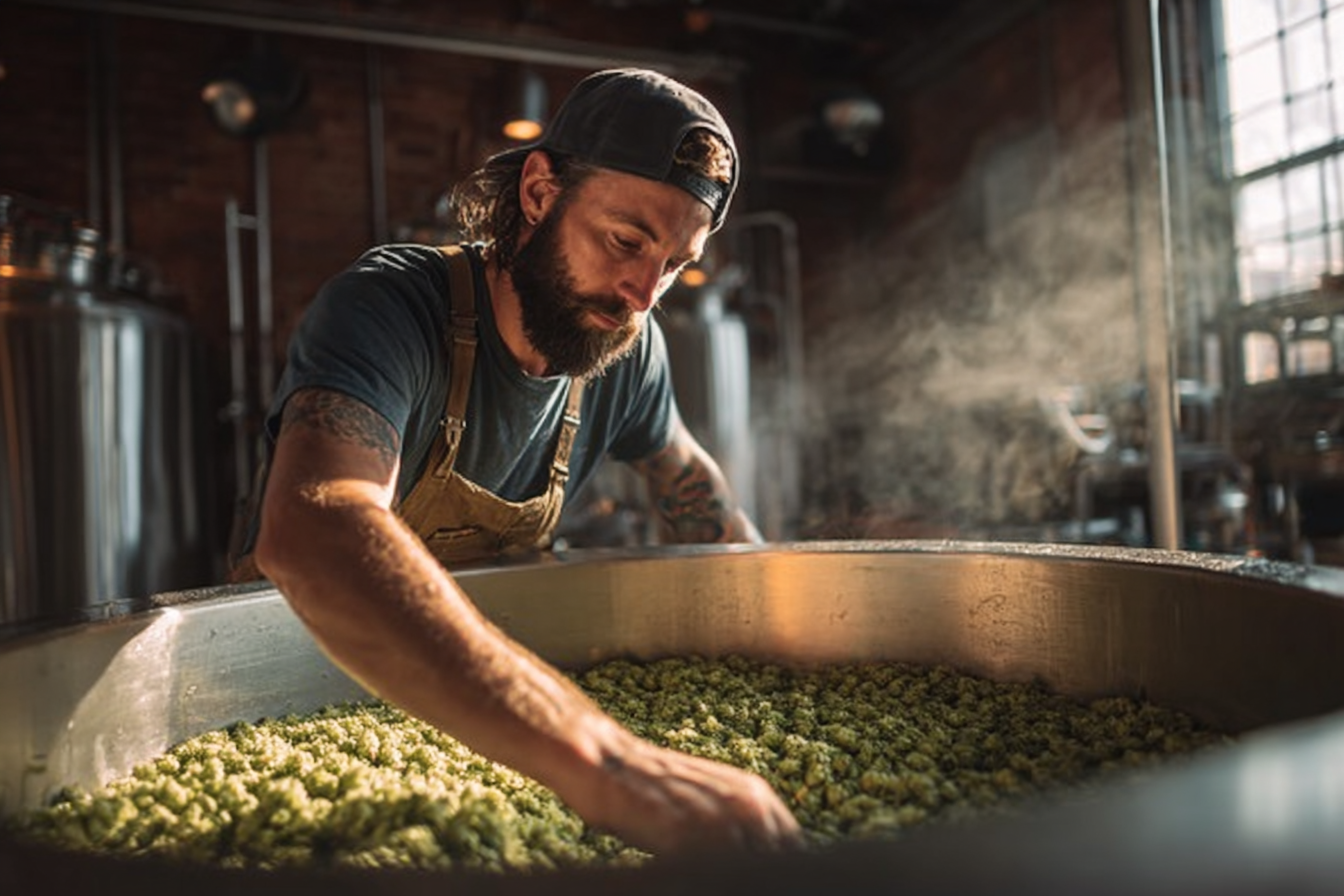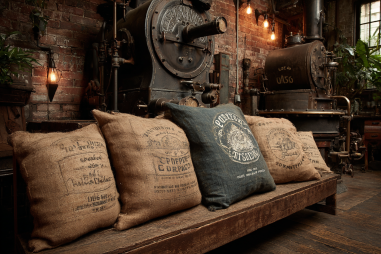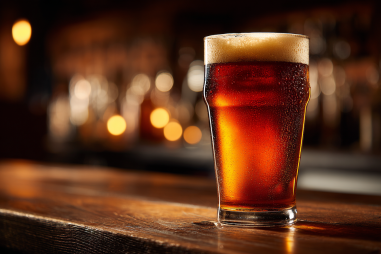New Zealand Pilsner is more than just a refreshing beer — it’s a vibrant celebration of the country’s unique terroir and brewing craftsmanship. This style combines the classic crispness and clarity of a traditional Pilsner with the distinctive flavor profile derived from New Zealand’s native ingredients and innovative brewing techniques. Whether you’re a seasoned brewer or a passionate beer enthusiast, understanding the brewing process behind this beloved beer sheds light on what makes it truly stand out in the world of craft beer.
Introducing New Zealand Pilsner and Its Significance
The New Zealand Pilsner showcases a fusion of the classic Czech or German Pilsner heritage with local flair. Known for its bright golden color, light body, and refreshing bitterness, this style is a staple for those seeking a clean but characterful beer. What sets New Zealand Pilsners apart is the integration of local malts and, most notably, the native New Zealand hop varieties that bring distinctive aromas and flavors. The rise of craft beer in New Zealand has seen this style gain global recognition, symbolizing the country’s ability to innovate while honoring brewing traditions.
Key Ingredients Distinctive to New Zealand Pilsner
The backbone of any great Pilsner is its ingredients, and in New Zealand, these are carefully chosen to create a harmonious brew. The primary components include malt, hops, yeast, and pristine water — each playing a pivotal role.
- Malt: New Zealand brewers typically use high-quality pale malts as the base. These malts provide the light body and subtle bready sweetness essential to a Pilsner. Occasionally, a touch of Vienna or Munich malt may be added to enhance complexity without overpowering the delicate flavor.
- Hops: The star in many New Zealand Pilsners is the hops. Native varieties like Nelson Sauvin, Motueka, Riwaka, and Pacific Jade are prized for their unique aromatic profiles, ranging from citrus and tropical fruits to herbal and floral notes. These hops are known for imparting a distinctive freshness that elevates the classic Pilsner bitterness.
- Yeast: Clean-fermenting lager yeast strains are preferred, which help produce the crisp, dry finish characteristic of the style while allowing hop flavors to shine through.
- Water: New Zealand’s soft and clean water sources contribute to the beer’s bright clarity and smooth palate, requiring minimal adjustment before brewing.
Step-by-Step Brewing Process Overview
Crafting a New Zealand Pilsner is a meticulous process that balances tradition and local ingenuity. Here’s a detailed walk-through of the brewing steps:
Milling and Mashing
The process begins with milling the malted grains to crack the husks and expose the starches. The crushed malt is then mixed with heated water in the mash tun, with temperatures carefully controlled (typically around 65-68°C) to activate enzymes that convert starches into fermentable sugars. This step is crucial for defining the beer’s body and residual sweetness.
Lautering and Sparging
Once mashing is complete, the sweet wort is separated from the spent grain through lautering. Hot water is sparged over the grain bed to extract as much sugar as possible, ensuring a good yield and clean wort.
Boiling and Hop Additions
The wort is boiled, usually for 60-90 minutes, to sterilize it and develop flavors. Hop additions during the boil are timed carefully:
- Early additions contribute bitterness.
- Mid-boil additions enhance flavor.
- Late additions or whirlpool hops maximize aroma.
For New Zealand Pilsners, native hops like Motueka or Nelson Sauvin might be added late in the boil or during whirlpool to preserve their vibrant citrus and tropical notes.
Cooling and Pitching Yeast
After the boil, rapid cooling brings the wort to fermentation temperature, typically between 9-13°C for lager yeasts. Yeast is then pitched to start the fermentation process.
The Role of New Zealand-Grown Hops in Flavor
One of the most defining characteristics of this style is how New Zealand hops shape the sensory experience. Unlike more traditional European hops, these native varieties carry intense, fresh fruit-like aromas ranging from gooseberry and grapefruit to passionfruit and lime. This vibrant hop character complements the malt sweetness and delivers a bright bitterness that refreshes the palate without overwhelming it.
Brewers often experiment with blending multiple native hops to create a layered hop profile. For instance, combining Nelson Sauvin’s white wine and fruity notes with Motueka’s lemony zest can result in a complex yet harmonious bouquet, making each New Zealand Pilsner unique.
Fermentation and Conditioning Specifics
Fermentation is where much of the magic happens. New Zealand Pilsners leverage lager yeast strains known for their clean fermentation profiles, producing minimal fruity esters and allowing malt and hop flavors to take center stage. This process is slower than ales, lasting anywhere from 2 to 4 weeks, and requires strict temperature control to avoid off-flavors.
Following primary fermentation, a maturation or conditioning phase (“lagering”) at lower temperatures helps the beer clarify and develop its crisp texture. This period can last several weeks and allows harsh flavors to mellow while refining carbonation.
Quality Control and Tasting Notes
Throughout the brewing and conditioning phases, quality control ensures the final beer stays true to the style and the brewer’s intent. Samples are routinely tested for:
- Brewery parameters such as gravity, pH, and temperature
- Turpidity and clarity
- Microbial contamination
- Taste consistency
When brewed to perfection, a New Zealand Pilsner pours a sparkling golden hue with a frothy white head. The nose presents a lively mix of citrus, tropical fruits, and a touch of herbal spice. The palate is light to medium-bodied with balanced malt sweetness and crisp, refreshing bitterness. The finish is dry but flavorful, encouraging another sip — ideal for warm days or pairing with fresh seafood and light salads.
What Makes the Brewing Process Unique
While rooted in traditional Pilsner brewing techniques, the New Zealand approach stands out because of its commitment to local ingredients, especially hops, and passionate attention to detail. The clean, soft water of New Zealand offers a perfect canvas, allowing brewers to showcase exotic hop varietals without harsh interference. The slow, careful fermentation and conditioning practices further enhance the beer’s clarity, texture, and drinkability.
Ultimately, this brewing process reflects a harmony of heritage and innovation, culminating in a crisp, vibrant beer that captures the essence of New Zealand’s craft brewing spirit.







